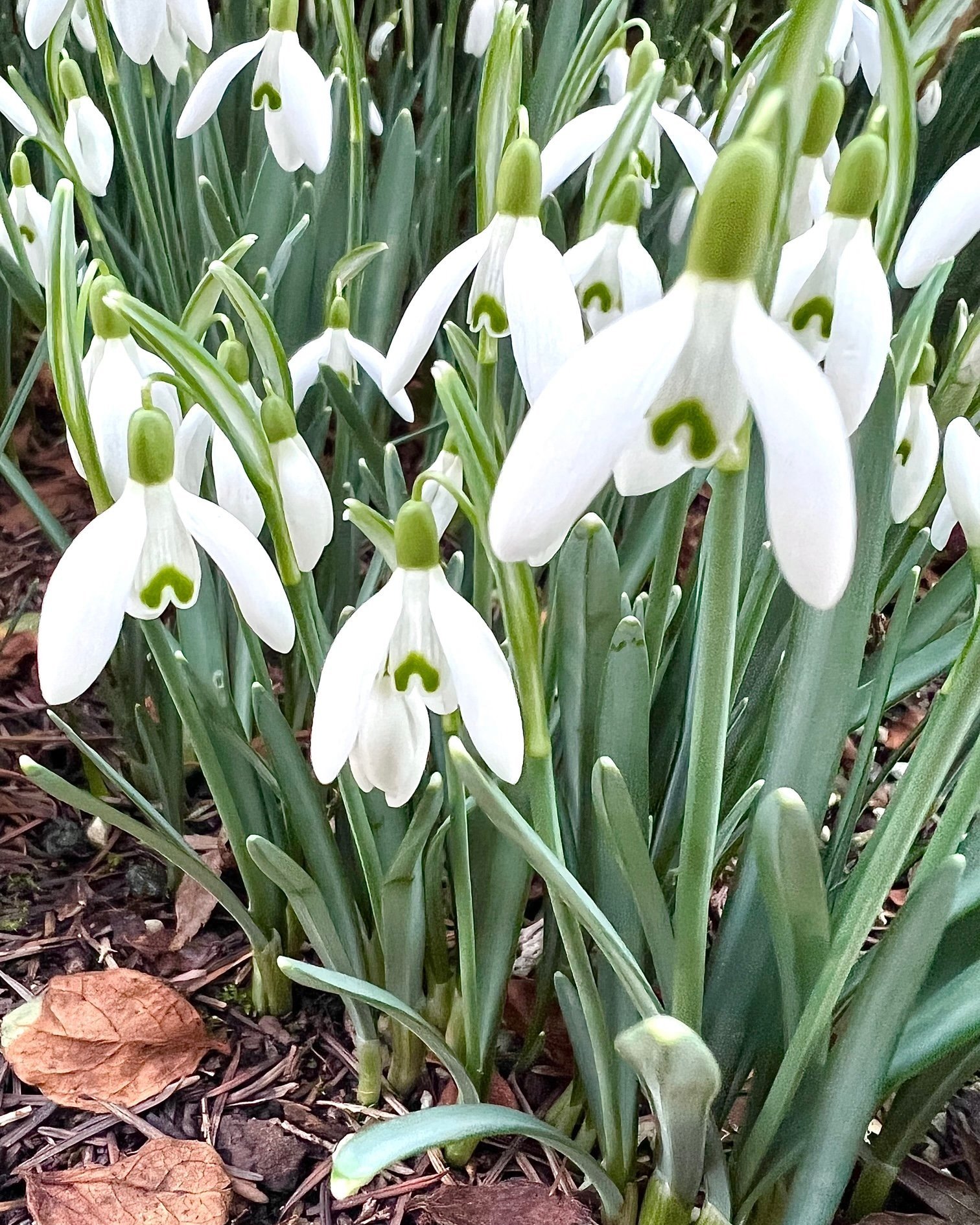All Hail Heathers
Heathers are the jewels of the winter garden. These hardy, low-maintenance plants are the unsung heroes of the colder months. Their dainty, bell-shaped blooms in shades of deep purples to soft pinks and whites are a gift during winter's grey gloom and chill. Heathers also provide a vital food source for insects during the winter months. I can't imagine my winter garden without these charming and resilient heathers.
Underestimated Hero!
I think Heather suffers from a common misconception of not being an attractive plant.
This is because they often receive improper care – left to grow woody and unruly or pruned too severely by inexperienced gardeners. As a result, their true beauty is hidden from passersby, and many people overlook them in the nursery, mistakenly considering them too challenging for their gardens. But they are missing out!
Heathers are gorgeous and essential to any garden needing a burst of color during winter.
Care
Prune heathers after they finish blooming in spring. This will maintain their shape, increase blooms, and prevent them from becoming woody. Trim back the spent flowers and any leggy growth to encourage bushier, healthier plants.
Apply a layer of mulch or pine needles around your heathers to help conserve moisture and regulate soil temperature in warmer months. Heathers will need water twice a week during their first 2 summers; after a couple of years, they become self-sufficient and handle drought with ease
Take a look at those Heath shrubs in the background! This is a well-cared-for tapestry of heathers and heaths. It's pure art!
To keep things simple, I usually refer to them both as heathers, but there is a difference. Basically, Heaths grow in warmer climates (zones 7-10) and come in varying heights and widths. While Heathers are more cold-tolerant (zones 4-7) and are usually smaller, forming low, bushy mats. Here in the PNW (zone 8), we can grow them both in our gardens, so mix and match to your heart’s content!
Winter Friends
For a dynamic, layered winter scene, pair heather with dogwood, like Cornus alba 'Sibirica,' known for its striking fire engine-red twiggy stems, providing a bold backdrop.
Combine Heather with Hellebores that shine in January and February, infusing beds with purple and pink blooms.
And, of course, spring bulbs, such as snowdrops, make terrific companions to extend your flowering season into spring.
It's not too late to take one last trip to your favorite nursery and pick up some heathers to bring a plummy touch of cheer to your winter!
And as always… Get Dirty
ZOË XO
Plant Pairing #4Heathers + Euphorbia
I have this pairing in my own garden, and it's an unexpected treat. Bringing these two resilient characters together offers a dynamic contrast in texture and form. The real spectacle occurs in late winter and early spring when the heathers burst into a carpet of blooms, and the chartreuse new growth of the euphorbia unfurls like a Dr. Suess creation rising through the heather. I totally love it!







